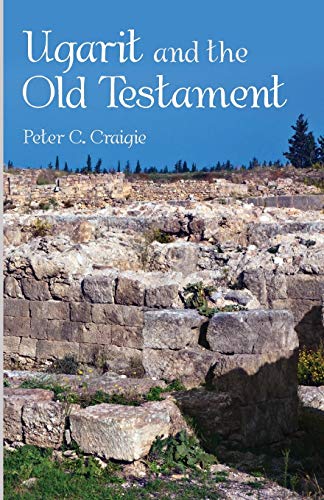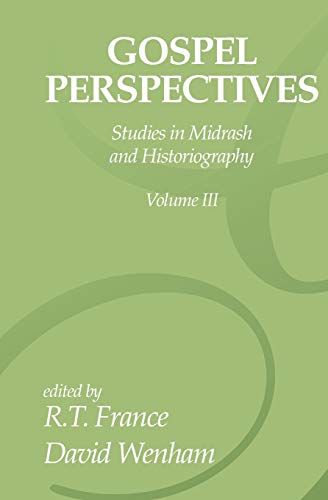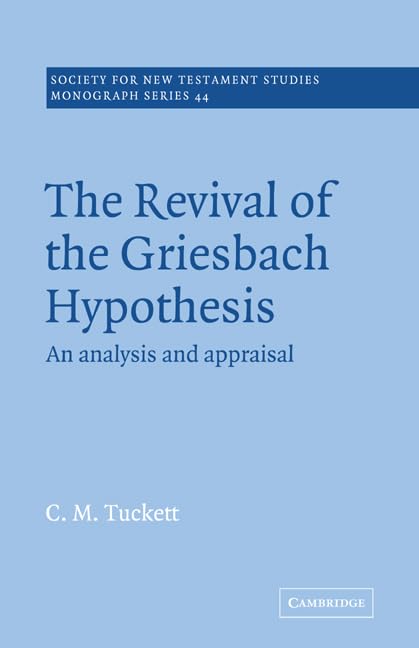Living as the people of God: the relevance of Old Testament ethics
Written by C. J. H. Wright Reviewed By Deryck SheriffsThe valley of Siddim is full of bitumen pits—some fell into them and the rest fled to the mountain. Pilgrims and students may experience the OT this way too, especially law-code valley; preachers feel safer on the mountain peaks of prophecy, or the green pastures of the psalms. So it is a joy to commend to a wide readership a book well written and worth studying which charts a journey from Israel’s day to our own. Is it too much to herald it as new-wave evangelicalism after the turn of the tide back to biblical theology in which evangelism forms a united groundswell combined with social concern?
The author’s credentials are promising: after completing doctoral research on this field at Cambridge, he has the task of teaching it in the Two Thirds world. This said, we need to note the limits the author sets. ‘I am not an economist, nor a politician, lawyer, or sociologist, and claim no special expertise in these areas’ (p. 10); which means we cannot expect a fully applied, specificially contextualised exposition of the social ethics of the Old Testament. He reminds us that ‘Man does not live by visions alone, however exalted. Christians must struggle alongside those who shape, modify, and continually recreate the conventions and institutions of society, in order to give “incarnational” bone and muscle to their ethical convictions’, p. 116. So once the author has demonstrated the relevance of a principle, the reader must complete the application and the living out of it, not individualistically either but in solidarity with fellow believers and as participants in their culture, economy and society.
Wright’s method is to search all the scriptures with an eye on God’s purpose as it is expressed from creation, through working with Israel as a model now updated as the Church, and coming, to fulfilment in the redeemed humanity of the new creation. This allows him a double application of Old Testament objectives—a typological equivalent (e.g. the fellowship of the church corresponds to the kinship of Israel), and a dynamic equivalent, applicable to the world (e.g. a socio-political system which nurtures the family and protects the vulnerable). He illustrates this with overlapping and intersecting triangles. At the apex remains God whose ethical character the Old Testament so fully portrays; then God joins in connection two other entities. The four triangles formed are God-Mankind-Earth, God-Israel-Promised Land, God-the Church-Koinonia fellowship, God-Redeemed Humanity-New Creation. When a specific law from the Pentateuch is considered, it is seen realistically on two counts: it fits Israel’s ancient culture which actually underwent some profound socio-political changes (e.g. pre and post monarchy), and it fits Israel’s sinful condition. We can neither transfer the law to our statute books without ado, nor ignore the law’s objective. Viewing it as a paradigm, we avoid the literalism and spiritualising away God’s concern for people. The Jubilee, then, speaks typologically of salvation-release with overtones of eschatological rest, yet also of the need for dynamically equivalent socio-economic means of impeding and periodically reversing the ‘downward spiral of debt, poverty, dispossession and bondage’. Whereas evangelicals have rejoiced in salvation and eschatology, one suspects the fur will fly thicker and more furiously than even Ron Sider would have expected if Wright’s biblical theology is taken to the application and bone and muscle phrases.
He divides his coverage into Framework and Themes, the former comprising three chapters (pp. 19–64) expounding the triangles and method, the latter tackling ‘Economics & the Land’, ‘Politics & the World of Nations’, ‘Righteousness & Justice’, ‘Law & the Legal system’, ‘Society & Culture’, and deliberately relegated to one chapter, ‘The Way of the Individual’. A useful bibliography, biblical reference index and subject index facilitate further study. There’s no daunting Hebrew type. I would have appreciated at least a list of questions or bibliography suggestions in those areas of expertise which angel Wright declined to tread. But we await his next book with appreciation. He may become known as the scholar who turned the hermeneutical circle into triangles for the masses. We now have no excuse for flight from the OT or getting bogged down in bitumen pits. If our heads are clear, what now of nerve, bone and muscle?
Deryck Sheriffs
London School of Theology






